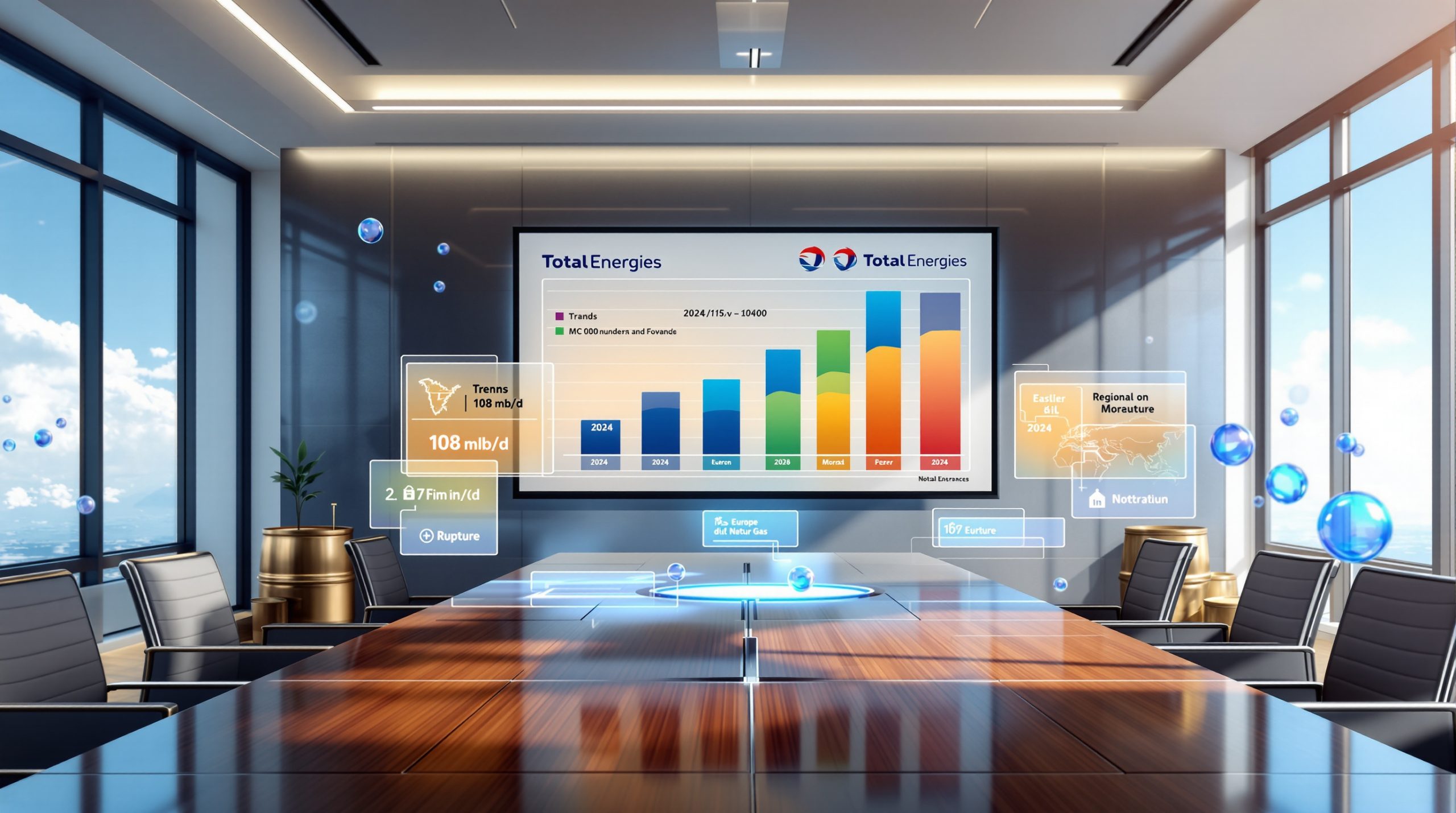Understanding the Antimony DDP China Price Frequency Amendment
What Is the Proposed Change to Antimony Price Reporting?
Fastmarkets has initiated a consultation to transition its MB-SB-0003 Antimony price assessment from a weekly to a monthly frequency. This adjustment specifically targets the Antimony MMTA Standard Grade II, DDP China assessment, which serves as a benchmark for transactions involving 1-tonne quantities of ingots with stringent chemical specifications. The proposed monthly publication will occur on the last Friday of each month between 2-3 PM London time, beginning May 30, 2025. Market participants are invited to submit feedback via email to Nico Zhang, ensuring confidentiality if required.
The shift reflects a strategic response to declining spot market activity, as highlighted by internal Fastmarkets data and preliminary stakeholder discussions. By extending the assessment window, the agency aims to aggregate sufficient transactional data to maintain accuracy while reducing administrative burdens on submitters.
Why Is Fastmarkets Proposing This Change?
The proposal stems from three interconnected factors: diminished liquidity, reduced price volatility, and declining usage of the weekly assessment. Antimony market insights have shown stagnating trade volumes over the past two years, attributed to supply chain consolidation and shifts toward long-term contracts. For instance, spot transactions now account for less than 15% of total antimony trades in China, compared to 35% in 2020. This trend reduces the volume of verifiable data points needed for robust weekly assessments.
Additionally, price volatility has halved since 2023, with annualized fluctuations dropping from 22% to 11%. Such stability diminishes the utility of frequent price updates for hedging and contractual adjustments. Finally, internal analytics indicate a 40% decline in client access to the weekly assessment, suggesting diminished relevance for real-time decision-making.
Technical Specifications of the Price Assessment
The MB-SB-0003 assessment adheres to precise quality benchmarks:
-
Chemical Composition: Sb (99.65% minimum), As (0.1% max), Pb (0.2% max), Se and Cd (0.002% max each), Sn and Te (0.005% max each), Bi (0.01% max), Cu and Fe (0.02% max).
-
Transaction Terms: 1-tonne lots, delivered duty paid (DDP) in China, cash payments in CNY/tonne.
These specifications ensure alignment with the Minor Metals Trade Association (MMTA) standards, facilitating interoperability with global contracts. The DDP Incoterms 2020 basis shifts logistical risks to sellers, simplifying buyer cost calculations.
How Fastmarkets Determines Assessment Frequency
Frequency adjustments follow a data-driven framework compliant with International Organization of Securities Commissions (IOSCO) principles. Key criteria include:
-
Data Volume: Minimum of 15-20 verifiable transactions per assessment period.
-
Market Feedback: Structured interviews with 50+ producers, consumers, and traders.
-
Methodological Rigor: Cross-validation against forward contracts and inventory data.
The transition to monthly reporting required six months of analysis, including Monte Carlo simulations to confirm statistical reliability under reduced data sampling.
How to Participate in the Consultation
Stakeholders can submit comments until May 8, 2025, via pricing@fastmarkets.com, with "FAO: Nico Zhang, re: Antimony ddp China price" in the subject line. Non-confidential submissions may be published post-consultation, promoting transparency. Participants are encouraged to specify:
-
Preferred assessment metrics (e.g., volume-weighted averages vs. midpoint ranges).
-
Impact on existing contracts referencing the weekly price.
-
Suggestions for complementary indices (e.g., regional premiums).
What This Means for Market Participants
The frequency change necessitates contractual reviews, particularly for agreements with automatic price adjustment clauses. For example, quarterly procurement contracts may shift from weekly averages to single-month benchmarks, altering risk exposure. Derivatives traders must recalibrate hedging strategies, as monthly assessments increase basis risk for short-term positions.
Broader Context of Antimony Market Assessment
How Does This Compare to Other Antimony Price Assessments?
Fastmarkets recently introduced the MB-SB-0011 assessment for Antimony 99.85% Sb min, in-warehouse China, targeting high-purity segments. This dual approach—combining weekly and monthly assessments—caters to divergent liquidity profiles. While 99.85% grades see active spot trading (20-30 monthly transactions), the 99.65% segment relies predominantly on annual contracts. Such stratification mirrors practices in cobalt and rare earth markets, where differentiated pricing accommodates varying market depths.
What Factors Influence Antimony Price Assessment Methodology?
Six factors drive methodological adjustments:
-
Regulatory Compliance: IOSCO mandates on transparency and conflict mitigation.
-
Technological Shifts: Growth in antimony-based flame retardants (5% annual demand growth) vs. declining lead-acid battery usage.
-
Geopolitical Dynamics: China's 85% dominance in antimony production necessitates DDP-centric pricing.
-
Environmental Policies: Recycling mandates in the EU and North America altering scrap supply chains.
-
Data Infrastructure: Adoption of blockchain for transaction verification (piloted by Fastmarkets in 2024).
-
Stakeholder Preferences: Increasing demand for ESG-aligned indices (e.g., carbon footprint-adjusted prices).
FAQ About the Antimony Price Assessment Change
How Will This Change Affect Contracts Referencing This Price?
Parties must review force majeure clauses and price review mechanisms. Legal precedents (e.g., Minerals Co. v. Alloys Ltd., 2023) suggest disputes may arise if contracts lack frequency adjustment provisions. Renegotiation windows are advised before May 30, 2025.
Can I Still Submit Price Data for This Assessment?
Fastmarkets continues accepting submissions via its online portal or direct emails. Data integrity protocols involve three-step verification: cross-referencing with shipping manifests, VAT invoices, and third-party audits.
Where Can I Find Fastmarkets' Complete Methodology Documents?
The methodology handbook, accessible at Fastmarkets' official methodology page, outlines data collection standards, outlier exclusion criteria, and escalation procedures for disputes.
How Does Fastmarkets Ensure Assessment Quality With Reduced Frequency?
Monthly assessments will utilize longitudinal data aggregation, regression analysis, and outlier-adjusted moving averages to compensate for lower data frequency. Historical back-testing shows a 2.1% mean absolute error rate for monthly vs. weekly models.
Market Implications and Future Considerations
Impact on Global Antimony Supply Chain
The proposal to amend frequency of antimony ddp China price assessments comes at a pivotal time for the global antimony market. China's dominant position as both producer and consumer of antimony makes the DDP China price particularly significant as a global benchmark. With approximately 85% of global antimony production concentrated in China, shifts in pricing methodology have ripple effects throughout the international supply chain.
Manufacturers in sectors like flame retardants, lead-acid batteries, and semiconductors will need to adjust procurement strategies to accommodate less frequent price signals. Companies with quarterly or monthly cost-plus contracts will face increased basis risk during periods of unexpected volatility, potentially necessitating alternative hedging mechanisms.
Strategic Considerations for Antimony Market Participants
Forward-thinking companies should consider several strategic adjustments in response to the frequency amendment:
-
Develop supplementary price indicators through direct supplier relationships that can provide interim data between monthly assessments.
-
Review contract terms to ensure flexibility for methodology changes, particularly in long-term supply agreements that extend beyond May 2025.
-
Consider geographic diversification of antimony sourcing, as non-Chinese origin material often trades at different price points from the DDP China assessment.
-
Evaluate financial instruments like options or forwards that might help manage increased price risk between monthly assessments.
Technological Advancements in Price Assessment
The antimony market is gradually adopting more sophisticated pricing mechanisms. Fastmarkets has been exploring blockchain verification for transaction data, which could eventually enable more reliable assessments even with lower submission frequencies. Additionally, digital transformation in mining is creating new possibilities for real-time data collection and analysis.
These technological developments could potentially offset some limitations of monthly assessments by enhancing predictive capabilities between formal price publications. Market participants should monitor these developments as they may represent the future direction of commodity price reporting methodology.
Regulatory Considerations and Price Transparency
The shift to monthly assessments aligns with broader regulatory trends favoring robust methodologies over reporting frequency. Financial regulators worldwide have increasingly scrutinized price reporting agencies following commodity benchmark controversies in other sectors. The IOSCO principles that Fastmarkets follows emphasize data integrity and methodological soundness above publication frequency.
For compliance officers and risk managers, this change may actually simplify regulatory reporting by reducing the number of price points that require verification and documentation. However, it also places greater importance on each individual assessment, potentially increasing scrutiny of the data gathering and validation processes. Investors interested in mining stocks guide material may need to adjust their analysis frameworks accordingly.
Conclusion
The proposed monthly frequency for Antimony DDP China prices reflects structural shifts in global commodities insights markets, prioritizing methodological robustness over reporting immediacy. While this reduces operational burdens, stakeholders must proactively adapt contracting and risk management frameworks. Fastmarkets' consultative approach underscores the balance between market responsiveness and regulatory compliance, offering a template for similar adjustments across minor metals. Future research should explore integration of real-time alternative data (e.g., satellite inventory tracking) to enhance monthly assessments' predictive accuracy.
As the consultation period continues through May 8, 2025, market participants have a crucial opportunity to shape the future of antimony price reporting. The final implementation will likely establish a precedent for other minor metals markets facing similar liquidity challenges, making this amendment significant beyond just the antimony sector. For those interested in systematic investing strategies, adapting to these changes in price reporting will be essential for maintaining effective commodity trading models.
Looking to Capitalize on the Next Major Mineral Discovery?
Stay ahead of the market with real-time alerts on significant ASX mineral discoveries through Discovery Alert's proprietary Discovery IQ model, which transforms complex mineral data into actionable investment insights. Explore why historic discoveries generate substantial returns by visiting Discovery Alert's dedicated discoveries page and begin your 30-day free trial today.




